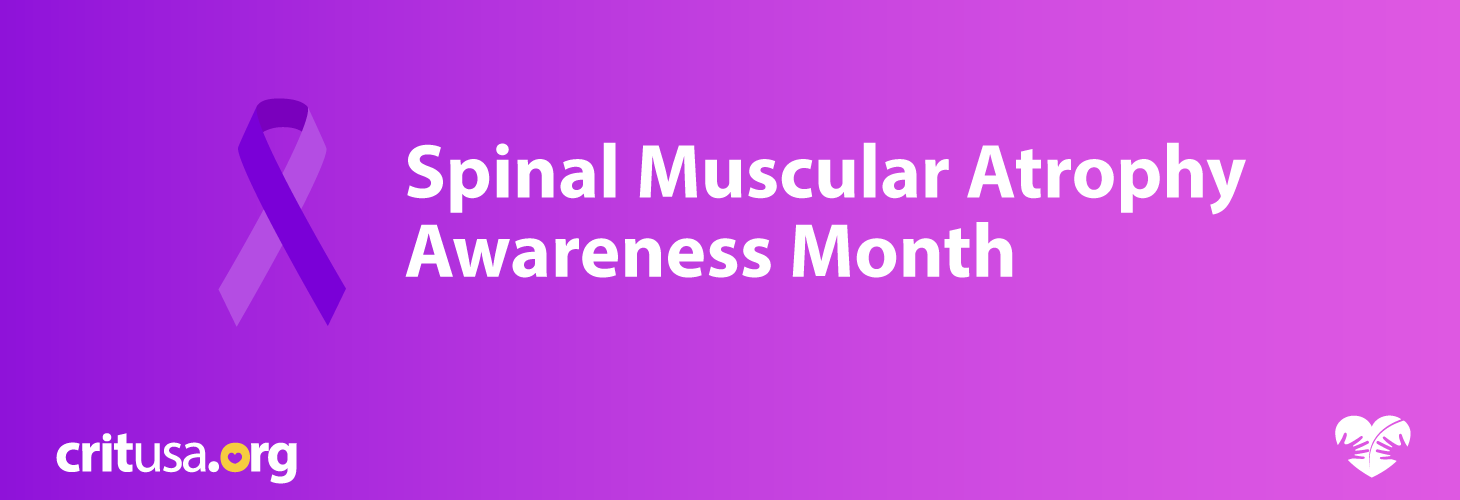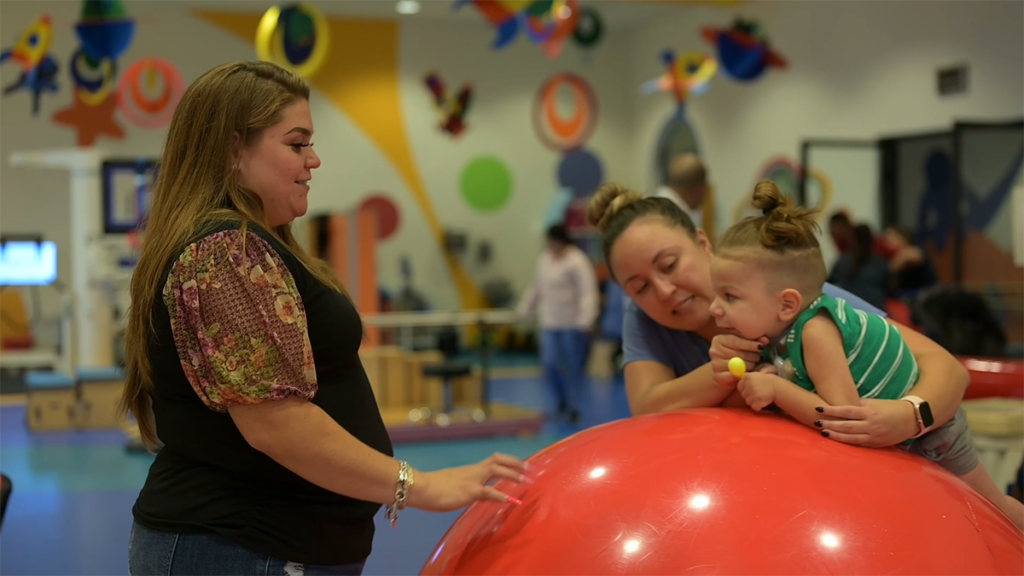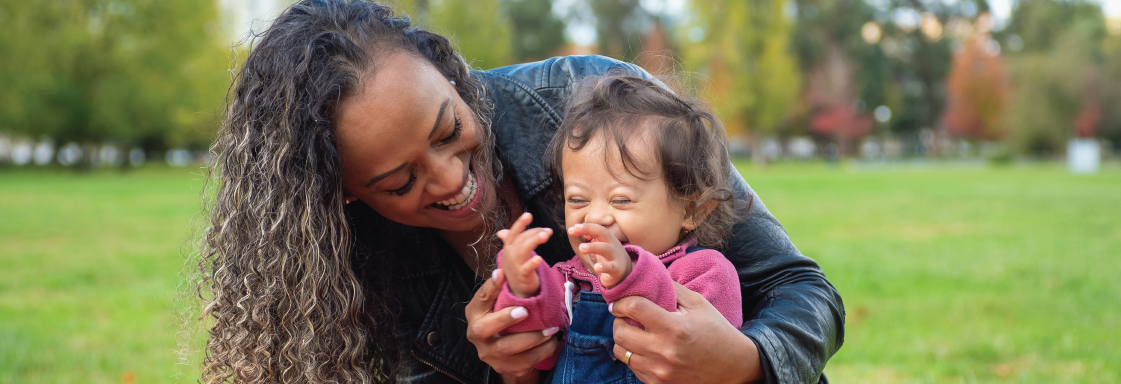Have you ever imagined video games as more than just entertainment? Video games are increasingly being integrated as a tool in pediatric rehabilitation, offering an engaging way to actively participate in your child’s recovery and development, especially if they have various medical conditions.
Here’s how video games can contribute to the therapeutic process:
Motivation and Engagement
- Increased Participation: Video games are inherently engaging, which can motivate children to participate more actively in their rehabilitation exercises. This is particularly important in pediatric settings, where maintaining a child’s interest can be challenging.
- Fun and Rewarding: Games provide immediate feedback and rewards, giving children a sense of achievement. Research shows integrating play into pediatric therapy significantly reduces the time needed to learn new skills compared to traditional therapy methods. By making therapy enjoyable through video games, children can achieve developmental milestones more effectively and efficiently.
Customizable and Adaptive Therapy
- Personalized Programs: Video games can be tailored to meet a child’s individual needs, adjusting the difficulty level, pace, and types of activity based on their abilities and progress.
- Real-time Monitoring: Many therapeutic video games have built-in monitoring tools that allow therapists to track progress, adjust treatment plans as needed, and ensure exercises are performed correctly.
Physical Rehabilitation
- Motor Skill Development: Video games designed for rehabilitation often focus on improving fine and gross motor skills through activities that enhance hand-eye coordination, balance, and precise movements.
- Range of Motion and Strength: Active video games, especially those using motion-sensing technology (e.g., Kinect , Wii), help improve range of motion, strength, and overall endurance in a fun and interactive way.
Cognitive Rehabilitation
- Cognitive Skills: Certain games aim to improve cognitive functions such as memory, attention, problem-solving, and executive functioning, which are beneficial for children recovering from brain injuries or neurological conditions.
- Attention and Focus: Video games’ interactive nature can enhance a child’s ability to concentrate and maintain attention over longer periods, which is often a goal in cognitive rehabilitation.
Social Interaction and Inclusion
- Social Skills: Multiplayer or cooperative video games can foster social interaction, helping children develop communication, cooperation, and social skills in a supportive environment.
- Peer Interaction: Children with developmental differences can sometimes feel isolated from their peers. Video games can allow children to interact with others, improving social inclusion.
Emotional and Psychological Benefits
- Stress Relief: Playing video games can help distract from pain or anxiety, providing emotional relief, and improving overall well-being.
- Confidence Building: Successfully completing game challenges can boost a child’s self-esteem and confidence, positively impacting their rehabilitation efforts.
Examples of Video Games in Pediatric Rehabilitation
- Virtual Reality (VR) Games: VR creates immersive environments for therapeutic exercises. For example, VR games can simulate real-life scenarios to help children practice walking or using their arms in a safe, controlled setting.
- Exergames: These are video games that require physical movement, such as dancing or sports simulations. They are particularly effective in making exercise enjoyable and interactive.
While video games can be an excellent therapeutic tool, we recommend following the American Academy of Pediatrics guidelines regarding screen time.
Check out some of these therapist-approved video games that can help support your loved one’s motor, emotional, cognitive, and social skills:
- Nintendo Switch Sports: The evolution of the popular Wii Sports, this game utilizes the Nintendo Switch’s motion controllers to engage players in physical activities such as tennis, bowling, and fencing. It’s excellent for the rehabilitation of mobility and coordination.
- Mario Party: This is a series of party video games developed by Nintendo. The game revolves around a virtual board where players move using virtual dice, competing in various mini-games. The mini-games range from tests of skill and speed to puzzles and logic games. It is ideal for group play and promotes social interaction and friendly competition.
- Mario Kart Switch: for the Nintendo Switch, this is an enhanced and expanded version of Mario Kart 8, initially released for the Wii U. This racing game features characters from the Mario universe competing on extravagant and colorful tracks, using a variety of power-ups to gain an edge over their competitors. It is known for its accessible gameplay that levels the playing field for players of all skill levels through its balancing system.
- Super Smash Bros: is a series of fighting video games that brings together iconic characters from Nintendo games and guest franchises, such as Mario, Link, Pikachu, and many others. Players battle in various arenas, attempting to knock their opponents off the stage. The game is famous for its inclusive gameplay, which allows players of all levels to enjoy it, whether competitively or as casual entertainment.
- Wii Playground (also known as “EA Playground”): is a game for the Wii console that simulates a virtual playground where players can engage in classic children’s games like Dodgeball and tetherball. It is designed to be accessible and fun for players of all ages, encouraging physical activity and interaction through simple but entertaining mini-games.
- Just Dance 2023: the latest version of Ubisoft’s Just Dance series allows players to dance following choreographies displayed on the screen, which can be used for rehabilitation exercises involving whole-body movements, coordination, and rhythm.
- Ring Fit Adventure (Nintendo Switch): combines adventure gaming with exercise. It uses a ring-shaped accessory (Ring-Con) and a leg strap to detect physical movements. Players progress in the game by performing physical activities, which are ideal for strengthening muscles and improving flexibility.
Please consult your provider to explore how video games can be a therapeutic tool for your child.
Video games are more than play; they can be a gateway to healing and growth for children facing medical challenges. By supporting our efforts, you’re not just contributing to their recovery, but giving them a chance to thrive in all aspects of life.
We appreciate your support and generosity. Together, we can transform lives and create a world where every child has the opportunity to excel.
Donate today at critusa.org and join a community that’s redefining recovery and empowering children to reach their full potential.










